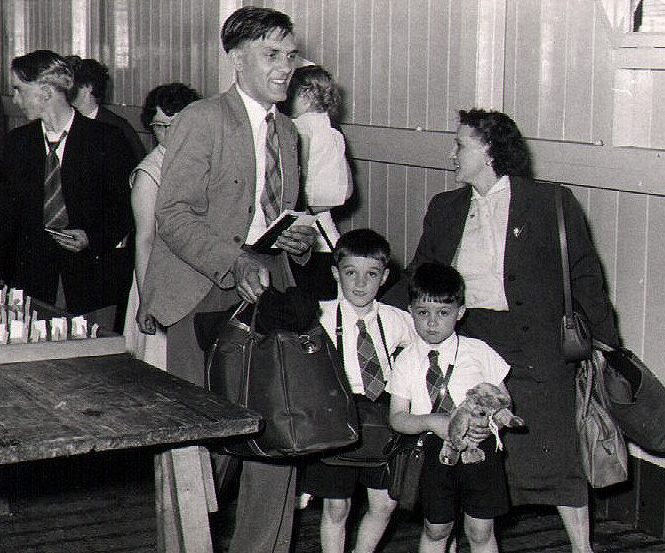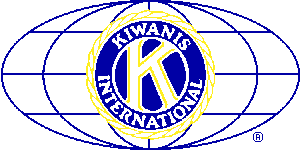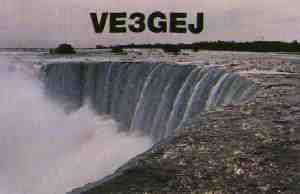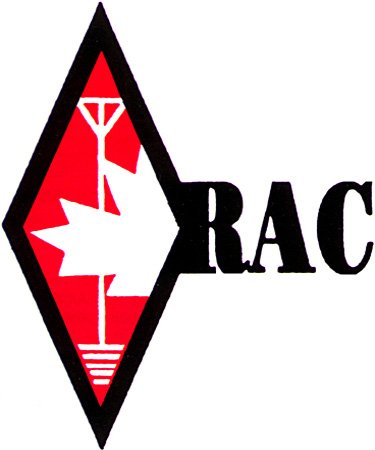|
Geoffrey Jennings |
From the Niagara Falls Evening Review, May 2, 2006.

|
JENNINGS, Geoffrey - Passed away at Greater Niagara General Hospital on April 30, 2006 at the age of 79.
Beloved husband of Liesl. Dearly loved father of David (and wife Cathy) and Peter (and wife Jane).
Sadly missed by grandchildren, Daniel, Terri-Anne Bale (and Blake) and Stephanie Sutherland (and Scott) and great-grandchildren, Rebecka, Grady, and Davy. Survived by brothers, Harry and John of Bedford, England.
Geoff was born in Bedford, England in 1926 and immigrated to Canada in 1957. He has lived in Niagara Falls since 1960 and owned Lundy's Lane Sunoco for 13 years. He was a member of Stamford Kiwanis for 40 years, a past president, and recognized as Kiwanian of the Year in 2001. He was an active radio amateur (VE3GEJ) and a member of the Niagara Peninsula Amateur Radio Club. From 1944 to 1948 he was a Royal Engineer, responsible for bomb disposal in Britain. He was an active opponent of the use of land mines. At his request, his body will be donated to McMaster University. The family wishes to thank the nurses and doctors of third floor at Niagara General for their kindness and care. In memory of Mr. Jennings, donations to the Canadian Orthopaedic Foundation (Hip Hip Hooray Niagara) or the Greater Niagara General Hospital would be appreciated by the family. |
Lives Lived
Husband, father, friend, mechanic, ham radio operator, Kiwanian, community volunteer.
Born June 23, 1926, in Bedford, England.
Died April 30, 2006 of heart failure following hip replacement surgery in Niagara Falls, aged 79.
When he was ten years old, Geoff climbed the highest hill in Bedford to watch the glow in the sky from the fire which destroyed the Crystal Palace in London. He was always ready to climb higher in order to see and learn more. As a child, he showed an aptitude for fixing electrical and mechanical devices. From then on he was a man who could fix and improve the world around him.
In 1944 King George VI invited him, along with 6 million other young men and women, to assist in the war effort. He trained with the Royal Engineers and was volunteered to join the Bomb Disposal Unit. His first assignment, at Thorpness, was to clear the beaches of mines laid by Canadian sappers. The relentless motion of the sea had rearranged the mines in the sand, completely obliterating the recorded pattern. When a small child wandered onto the beach, he risked his life by running to the child and holding her until sweepers with metal detectors could reach them. During his four years with Bomb Disposal, he lost many of his mates on the beaches and was forever an outspoken opponent of the use of land mines.
After the war, his unit was sent to Blenheim Palace on a special mission. The Churchill family silver had been buried in 1939 by a faithful servant who was now dead. The engineers used their metal locating equipment to recover the silver in short order, and were rewarded with lemonade and sandwiches.
In 1957 with the proceeds of the sale of their 1934 Morris Minor and a windfall 60 pounds from the football pools, Geoff, along with his wife, Liesl, and two young sons booked passage for Canada in search of opportunity and a better life. Like many immigrants, they arrived in Kirkland Lake with empty pockets and a willingness to work hard.
Although his formal education was cut short by the war, he never stopped learning. He was largely a self-taught mechanic, but he passed the license exam with an almost perfect score. After retiring at 67 he mastered the Morse Code and electronics knowledge necessary to earn his Amateur Radio license. In his late 70s he was still exploring the intricacies of Windows, surfing the web, and handling emails and other computer tasks for his local Kiwanis Club.
After migrating south to Niagara Falls in 1960 and leasing a local service station, Geoff joined the Stamford Kiwanis Club. "It was my way of giving back to the people of Canada and Niagara Falls particularly, for the welcome that they had given me and my family."
And give back he did - with all his heart. His life epitomized the Royal Engineers Association motto, SERVICE - NOT SELF. For forty years he dedicated his efforts to the community. He served on the boards of Big Brothers, Niagara Falls Mental Health Association, NTEC, and Kiwanis. He tirelessly raised funds for local charities, the Niagara General Hospital, and often to help individuals in need. He spent many a Christmas gathering and repairing toys for distribution to less fortunate families.
His achievements and dedication did not go unnoticed. He was named Kiwanian of the Year several times, beginning in 1970 and as recently as 2001. He served as Club President. He was made a Life Member. This year, his efforts were recognized by the province when he received the Ontario Volunteer Service Award.
He cherished his time at the family cottage. Fishing the pristine lake set in a granite landscape reminded him of "up north" and took him back to his wonderful first impressions of Canada. His desire to regain some agility to climb the rocks and paddle the canoe motivated him to undergo the hip replacement surgery which proved to be more than his heart could withstand.

Welcome to
Geoff's Page






